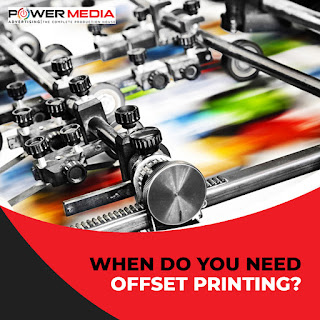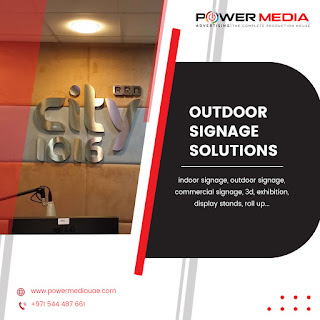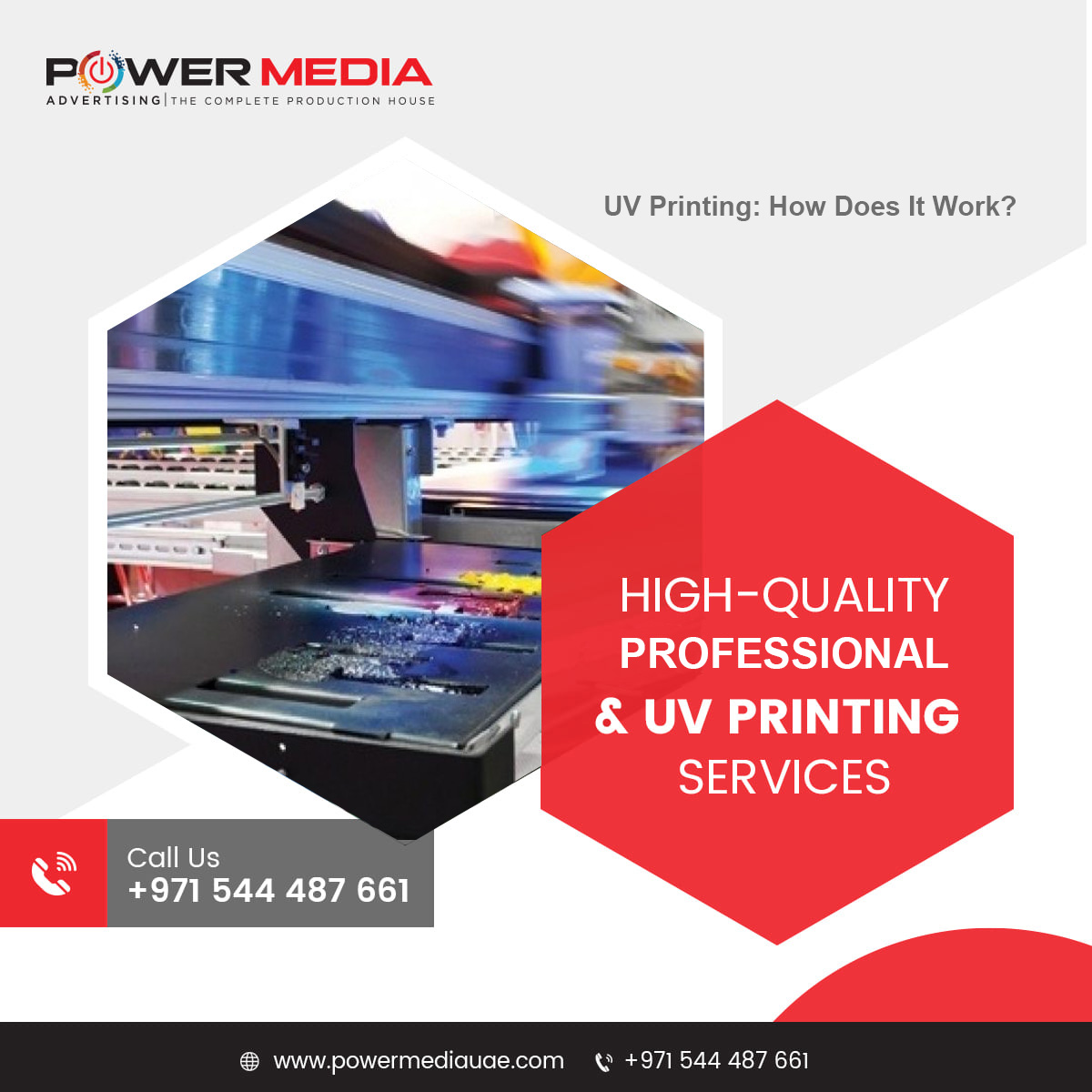When do you need Offset Printing?
When it comes to printing, there are multiple techniques that can be used to achieve a printing task in today’s world. However, there are only two main printing methods that are used dominantly worldwide—Offset printing and digital printing.
Offset printing, also called lithography, is the most common kind of printing for high volume commercial jobs. Ever seen videos of newspapers running through big rolls? That’s offset printing.
Offset printing has been around for more than a century, and for decades it was the best way to print just about everything commercial: newspapers, magazines, booklets, advertisements, postcards, brochures and more. Generally speaking, offset printing works by transferring ink from a plate to a rubber sheet, which then rolls the ink onto paper, vinyl or other surface. This is in contrast to digital printing, which does not use plates to transfer ink to paper.
When comparing the two, offset printing is considered to be of higher quality. One of the most important features of offset printing is that it allows you to print larger sheets and can print many pieces quicker than digital printing presses. Offset Printing is designed for mass production and is used by most businesses and organizations printing high volumes in need of consistent quality and low costs. Generally offset printing is typically the best choice when you’re printing more than 500 to 1,000 pieces.
The main advantages of offset printing include—higher quality and color fidelity, easy and cost effective for larger quantities, use of custom inks and colors, and a huge variety of paper can be used for example, paper, vinyl, etc.
The most important advantage of offset printing is the quality. The color reproduction and quality is unparalleled, so if you’re looking for the best looking prints, offset printing is the way to go. One of the drawbacks of offset printing is that there are no custom or variable data printing options available.
It makes sense to opt for digital printing for smaller runs. Offset is a great option for high quality, larger run projects. It’s also ideal if you need custom paper or specialty ink. It doesn’t make much sense for smaller projects as the equipment is a significant investment, however, once the systems are in place, offset printing can be a very affordable option in the long-run.
Bottom-line: If you’re looking at repeatedly printing very large quantities and don’t want to compromise on quality, you should pick offset printing.
If you are looking for integrated design, offset and digital printing solutions, then Power Media Advertising is the way to go. They provide excellent offset printing services in Dubai. Reach out to them for all your commercial printing needs.




Comments
Post a Comment